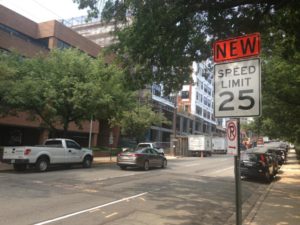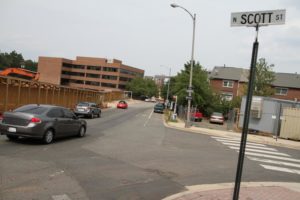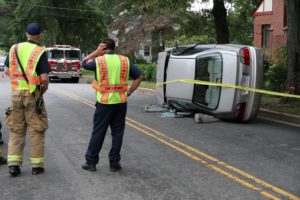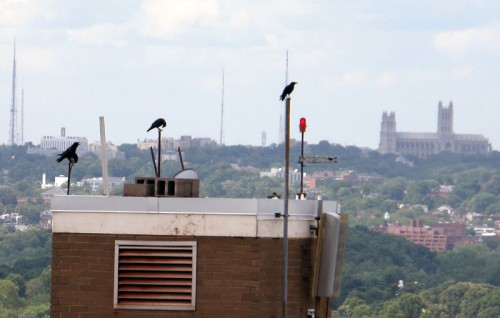 The County Board may decide to decrease speed limits on a number of roads throughout Arlington, including the main thoroughfares from Rosslyn to Clarendon. Board members are scheduled to take up the issue at their meeting on Saturday (July 13).
The County Board may decide to decrease speed limits on a number of roads throughout Arlington, including the main thoroughfares from Rosslyn to Clarendon. Board members are scheduled to take up the issue at their meeting on Saturday (July 13).
The Department of Environmental Services conducted studies to examine the viability of changing speed limits on several streets. Information was gathered regarding factors such as vehicle speeds, collisions, traffic volumes, pedestrian and bicyclist activity and development patterns. Studies were performed in the following areas: N. Meade Street from Arlington Blvd to Marshall Drive (formerly Jackson Avenue), Clarendon Blvd from Washington Blvd to N. Oak Street, Wilson Blvd from Route 110 to Washington Blvd, and N. Sycamore Street from Washington Blvd to 17th Street N. and N. Roosevelt Street from 17th Street N. to the county line.
The studies indicated that speed limits along N. Meade Street, Clarendon Blvd and Wilson Blvd could be decreased from 30 miles per hour to 25 miles per hour. The N. Sycamore Street/N. Roosevelt Street studies indicated the speed limit could be lowered from 35 miles per hour to 30 miles per hour.
Arlington’s Master Transportation Plan includes a policy to design streets with lower vehicle speeds without impeding or diverting traffic. Part of that involves adopting a 25 mile per hour speed limit in the county’s “downtown” areas where pedestrian traffic is high, such as along Wilson Blvd and Clarendon Blvd.
The Board also has been asked to authorize the correction of speed limit discrepancies along parts of I-395 and I-66. According to VDOT records, the speed in the regular lanes of I-395 from Alexandria to D.C. is 55 miles per hour. The county code, however, was recently discovered to list a portion of the segment as 35 miles per hour, and that the entire segment is 55 miles per hour. There is a similar discrepancy between county code and VDOT records regarding the HOV lanes. Additionally, the county code does not include speed limits for I-66, but VDOT lists the limits at 45 miles per hour and 55 miles per hour, depending on the section in question.
County staff members recommend Board approval for the speed limit discrepancy corrections and for decreasing the speeds along the four stretches of county roads.
The cost of installing new speed limit signs to reflect the changes is estimated to be $5,000. Funds are available in the Fiscal Year 2014 Department of Environmental Services Transportation Engineering and Operations operating budget.
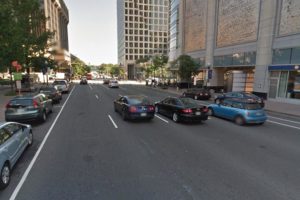 The Arlington County Board is scheduled to consider a change to the speed limit on two Rosslyn arterial streets.
The Arlington County Board is scheduled to consider a change to the speed limit on two Rosslyn arterial streets.

